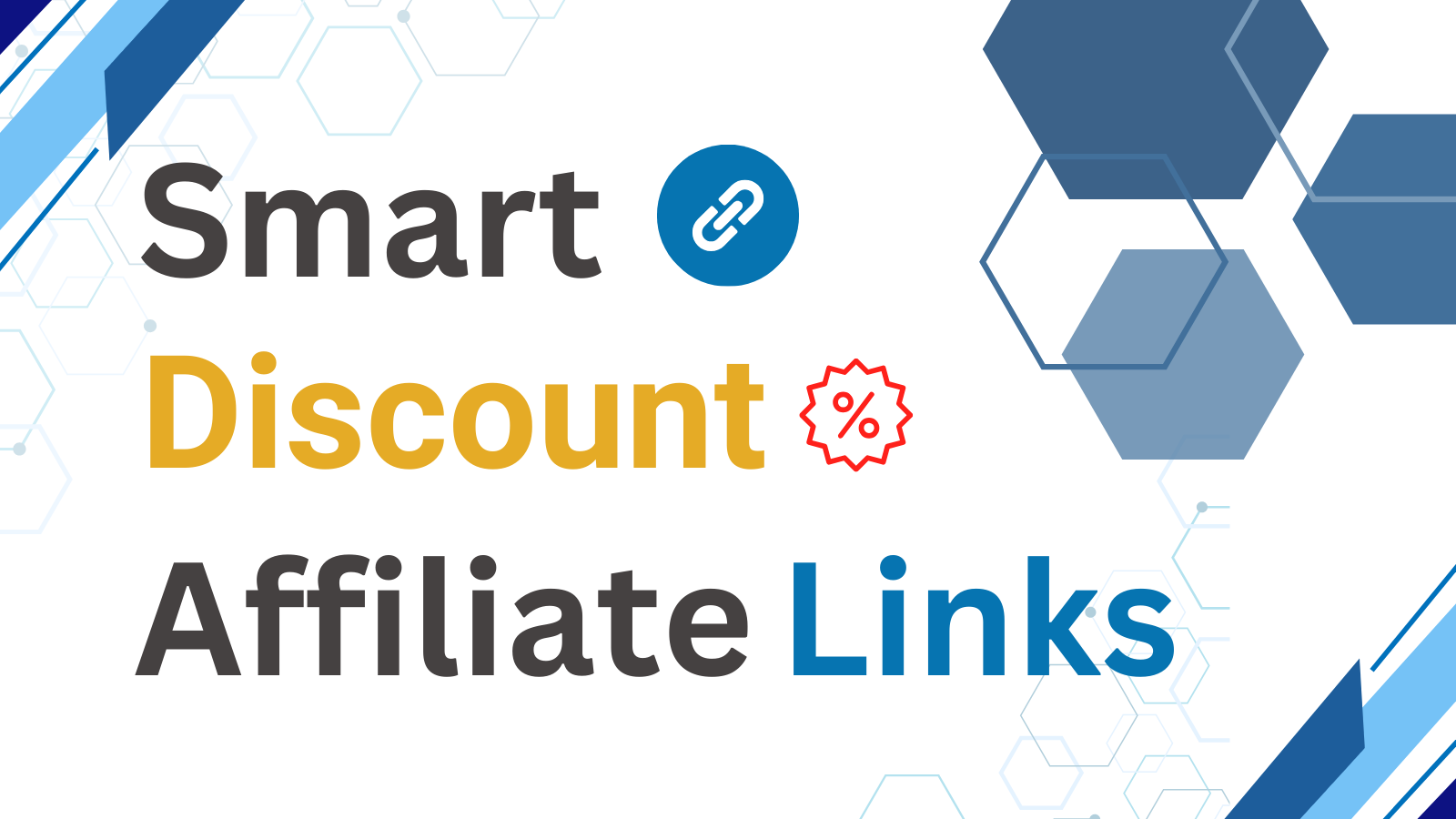5 Essential Shopify Store Optimization Tips
Boost your Shopify store's performance with these proven optimization techniques that drive traffic and increase sales. Learn the essential strategies that successful Shopify merchants use to maximize their store's potential.
Introduction
Optimizing your Shopify store is crucial for success in today's competitive e-commerce landscape. With millions of online stores competing for customer attention, implementing effective optimization strategies can make the difference between a thriving business and one that struggles to attract customers.
This guide covers five essential optimization areas that every Shopify store owner should focus on. These strategies are based on proven best practices and real-world results from successful e-commerce businesses.
1. Speed Optimization
Page speed is one of the most critical factors affecting user experience and search engine rankings:
Image Optimization
- Compress images: Use tools like TinyPNG or Shopify's built-in compression
- Use appropriate formats: WebP for modern browsers, JPEG for photos, PNG for graphics
- Implement lazy loading: Load images only when they're needed
- Optimize image dimensions: Use the correct size for each display
App Management
- Audit installed apps: Remove unused or slow-loading apps
- Choose lightweight apps: Select apps with minimal performance impact
- Monitor app performance: Use tools to track app impact on speed
- Consolidate functionality: Use fewer apps that do more
Theme Optimization
- Choose fast themes: Select themes optimized for performance
- Minimize custom code: Keep customizations to a minimum
- Optimize CSS and JavaScript: Minify and combine files
- Use CDN: Leverage Shopify's global CDN
2. SEO Optimization
Search engine optimization is essential for driving organic traffic to your store:
Product SEO
- Optimize product titles: Include relevant keywords naturally
- Write compelling descriptions: Detailed, keyword-rich product descriptions
- Use alt text: Descriptive alt text for all product images
- Optimize URLs: Clean, keyword-rich product URLs
Content Strategy
- Create a blog: Regular, valuable content for your audience
- Use internal linking: Link related products and content
- Optimize meta tags: Compelling titles and descriptions
- Build backlinks: Earn links from reputable websites
Technical SEO
- Submit sitemap: Ensure Google can crawl your site
- Fix broken links: Regularly audit and fix broken links
- Optimize for mobile: Ensure mobile-friendly design
- Use structured data: Help search engines understand your content
3. Conversion Optimization
Converting visitors into customers is the ultimate goal of any e-commerce store:
Product Pages
- High-quality images: Multiple angles and zoom functionality
- Clear pricing: Prominent, easy-to-read pricing
- Social proof: Customer reviews and testimonials
- Urgency elements: Limited-time offers and stock indicators
Checkout Process
- Guest checkout: Allow purchases without account creation
- Multiple payment options: Credit cards, PayPal, digital wallets
- Progress indicators: Show checkout progress
- Trust signals: Security badges and guarantees
Call-to-Action Optimization
- Clear CTAs: Obvious, action-oriented button text
- Strategic placement: Position CTAs where customers expect them
- Color psychology: Use colors that encourage action
- A/B testing: Test different CTA variations
4. Mobile Optimization
With over 60% of e-commerce traffic coming from mobile devices, mobile optimization is essential:
Responsive Design
- Mobile-first approach: Design for mobile devices first
- Touch-friendly elements: Adequate button sizes and spacing
- Readable text: Appropriate font sizes for mobile screens
- Fast loading: Optimize for mobile network speeds
Mobile-Specific Features
- Mobile payments: Apple Pay, Google Pay integration
- One-click checkout: Streamlined mobile checkout process
- Mobile search: Optimize for mobile search behavior
- App-like experience: Smooth, app-like navigation
Performance Optimization
- Minimize data usage: Optimize for mobile data plans
- Fast loading times: Aim for under 3 seconds on mobile
- Offline functionality: Basic functionality without internet
- Progressive Web App: Consider PWA features
5. User Experience
A great user experience keeps customers engaged and encourages repeat purchases:
Navigation
- Intuitive menu structure: Logical, easy-to-understand navigation
- Search functionality: Powerful, accurate search with filters
- Breadcrumbs: Help users understand their location
- Category organization: Well-organized product categories
Content Quality
- Clear product information: Detailed, accurate product details
- Helpful content: Guides, FAQs, and educational content
- Visual hierarchy: Clear content structure and flow
- Consistent branding: Unified visual identity throughout
Customer Support
- Multiple contact methods: Email, chat, phone support
- Self-service options: Comprehensive FAQ and help center
- Quick response times: Fast, helpful customer service
- Proactive communication: Order updates and shipping notifications
Conclusion
Optimizing your Shopify store is an ongoing process that requires attention to multiple areas. By focusing on speed, SEO, conversion optimization, mobile experience, and overall user experience, you can create a store that not only attracts visitors but also converts them into loyal customers.
Remember that optimization is not a one-time task but a continuous effort. Regularly monitor your store's performance, gather customer feedback, and make adjustments based on data and user behavior.
Start with the areas that will have the biggest impact on your specific business, and gradually implement additional optimizations. With consistent effort and attention to detail, you can build a Shopify store that stands out from the competition and drives sustainable growth.

